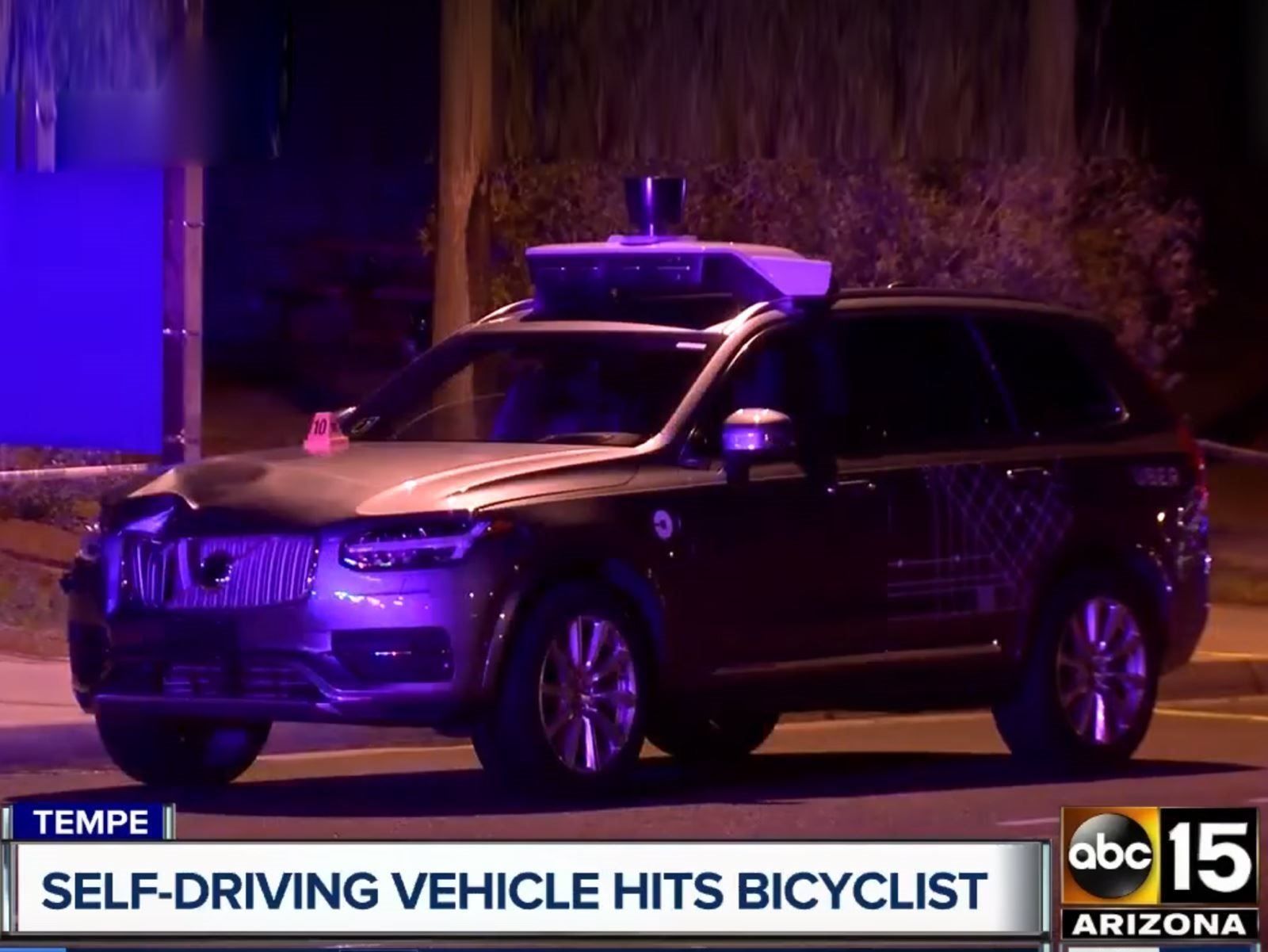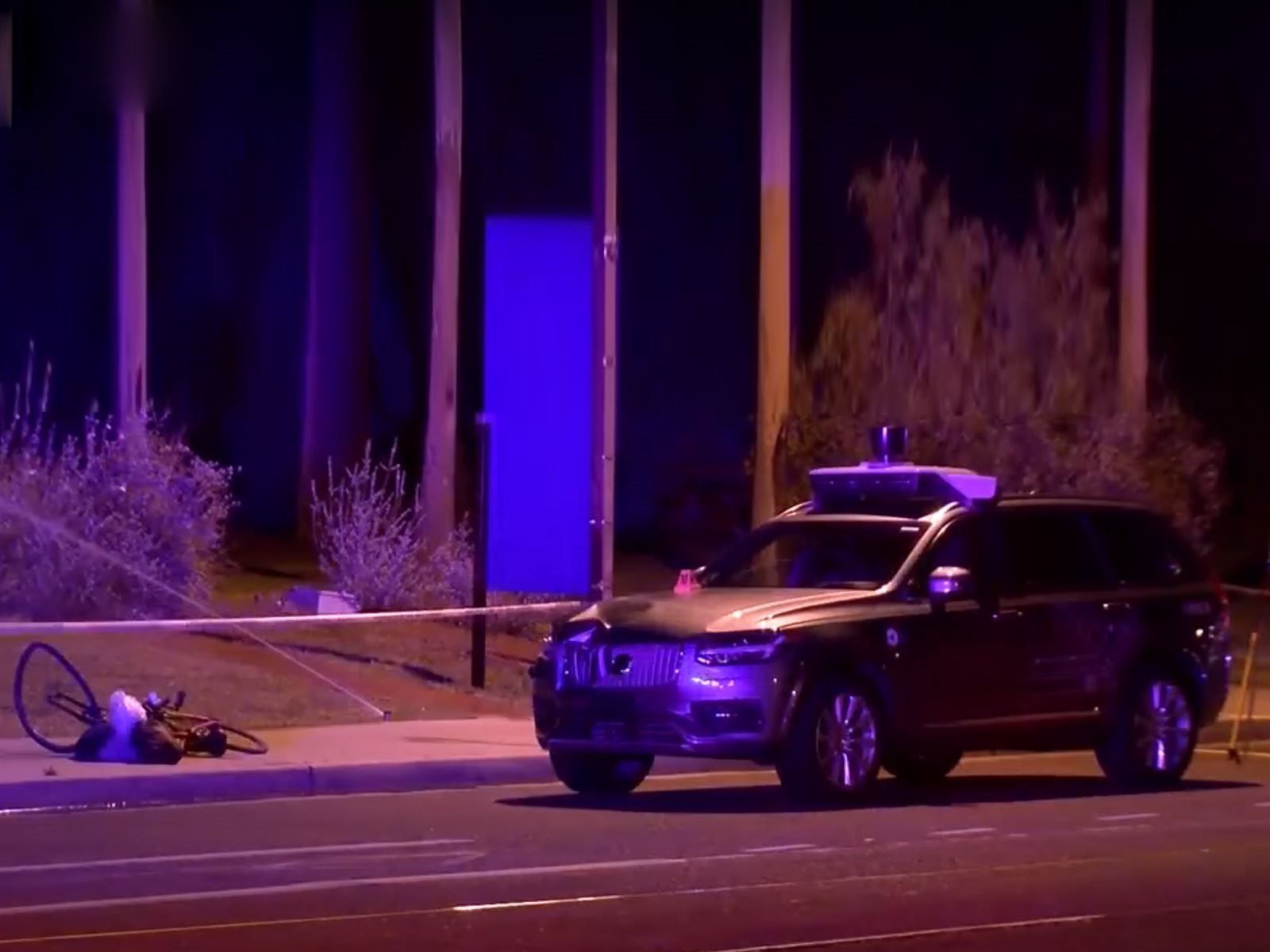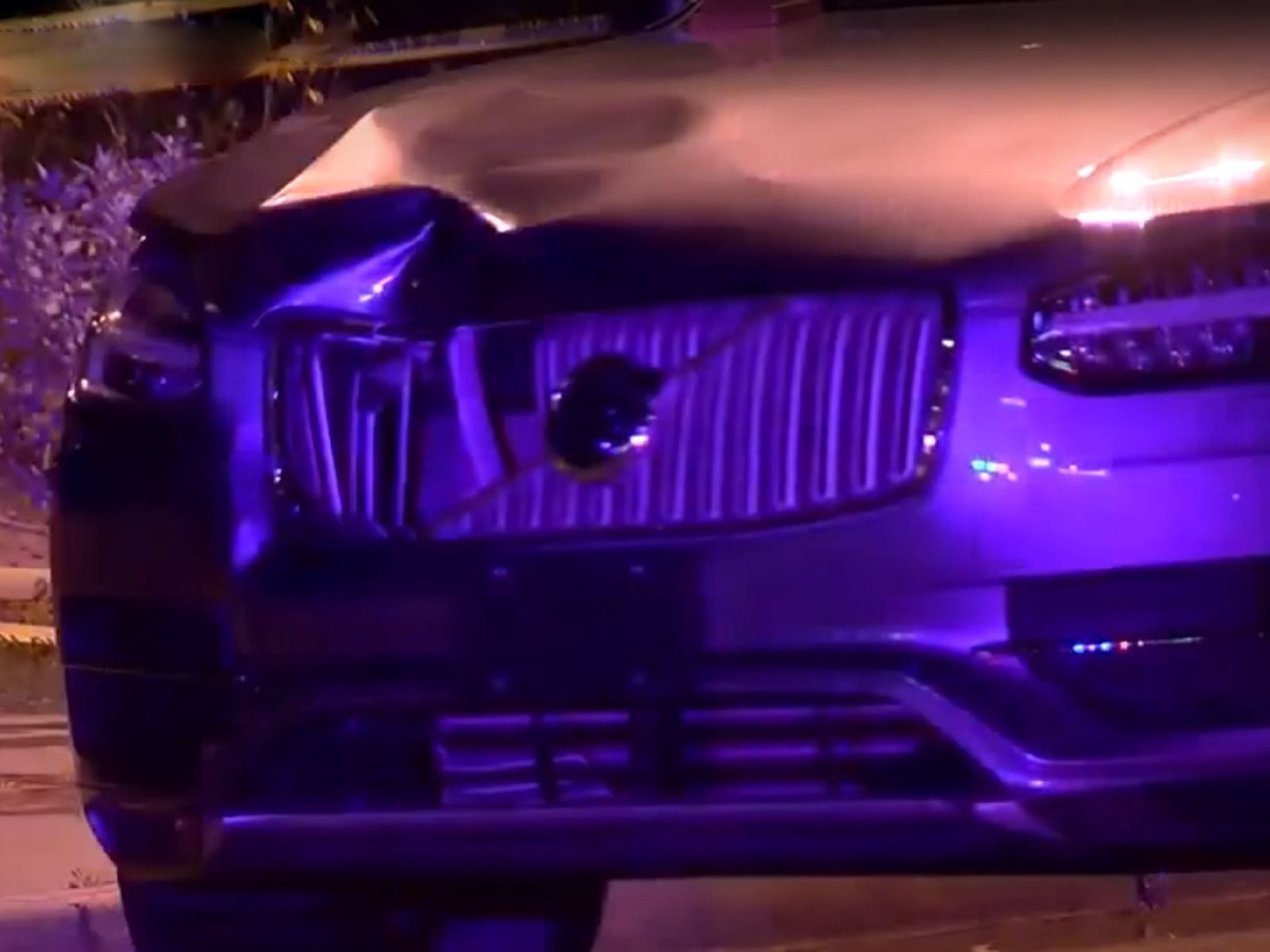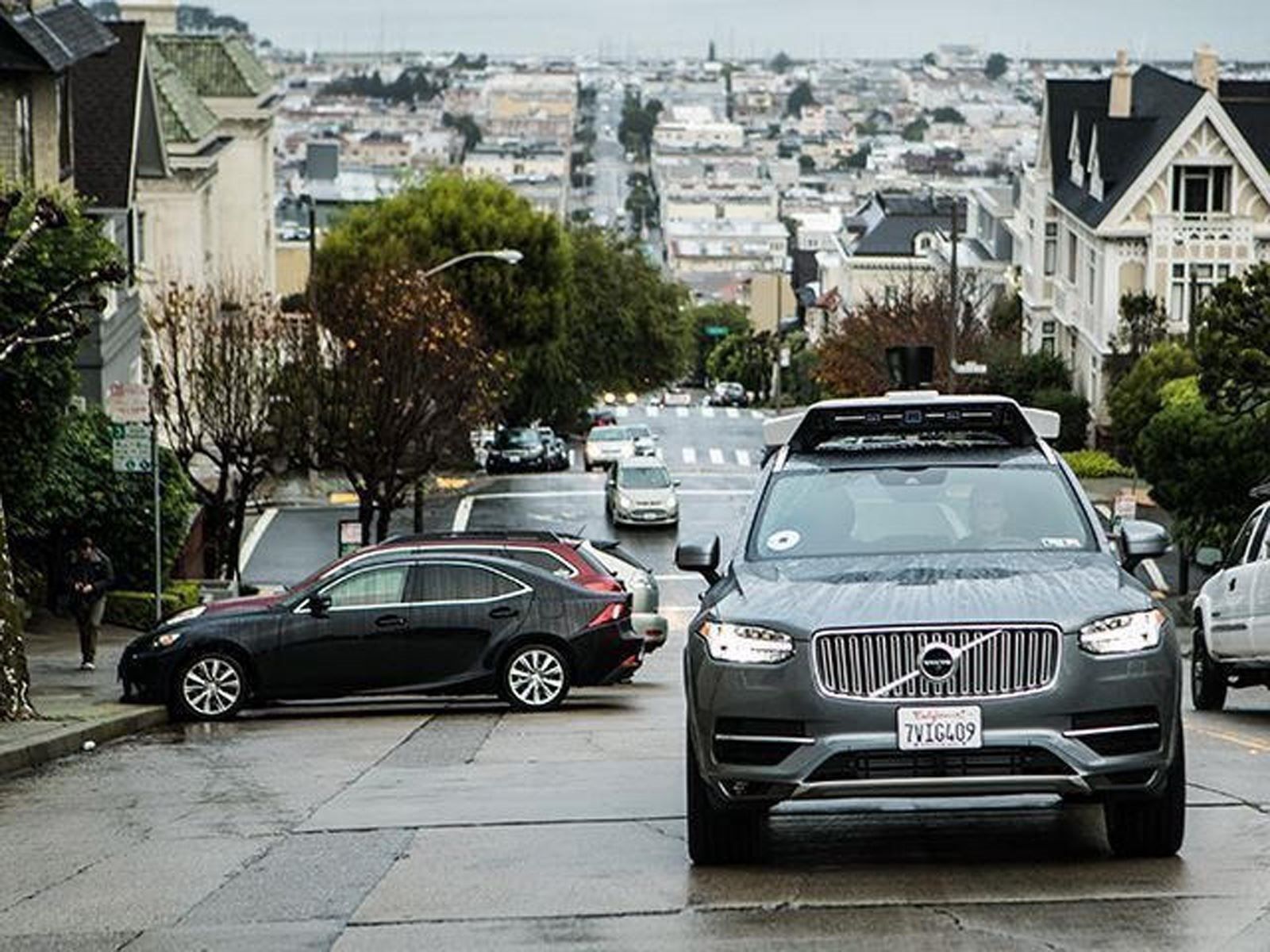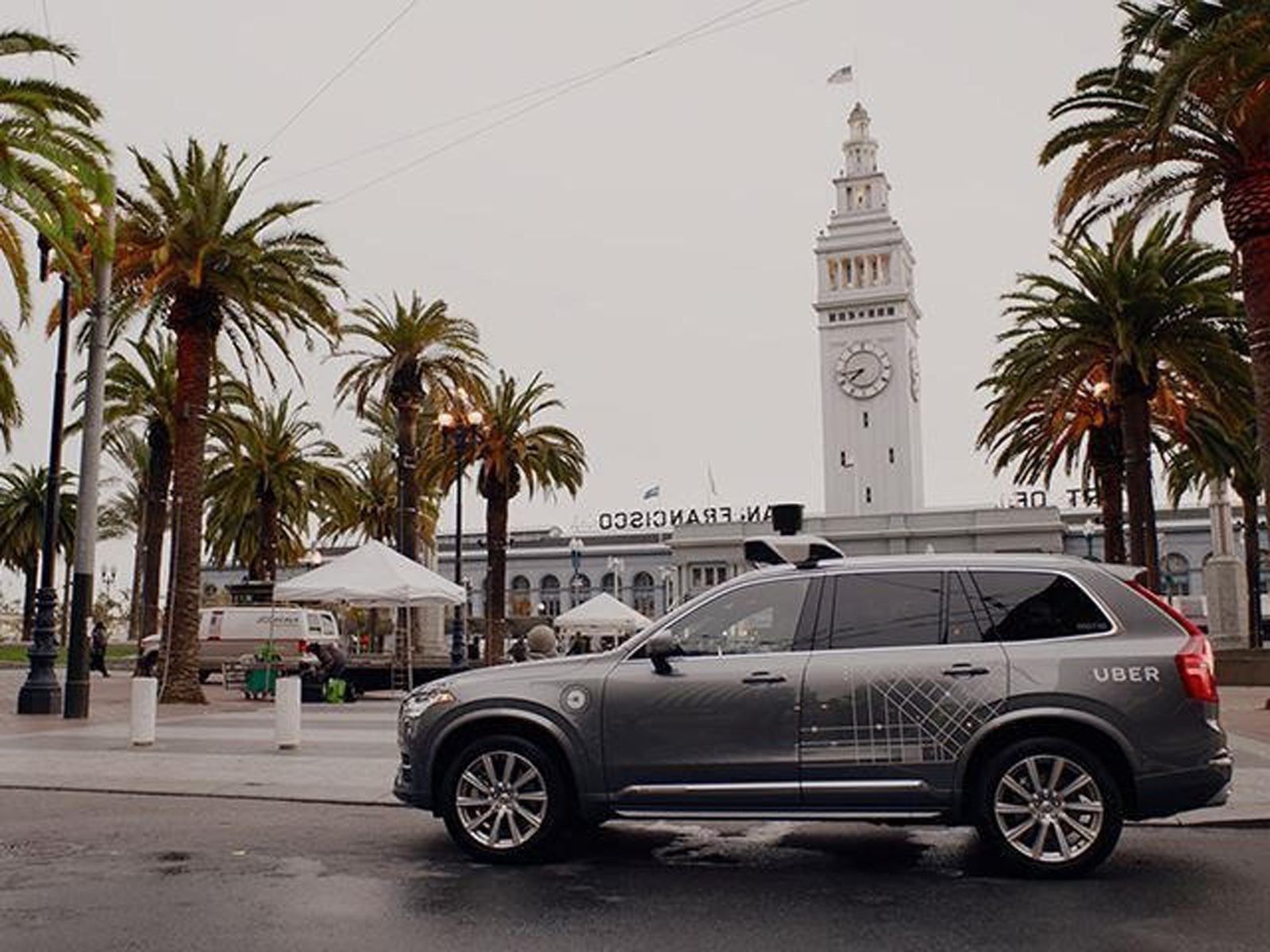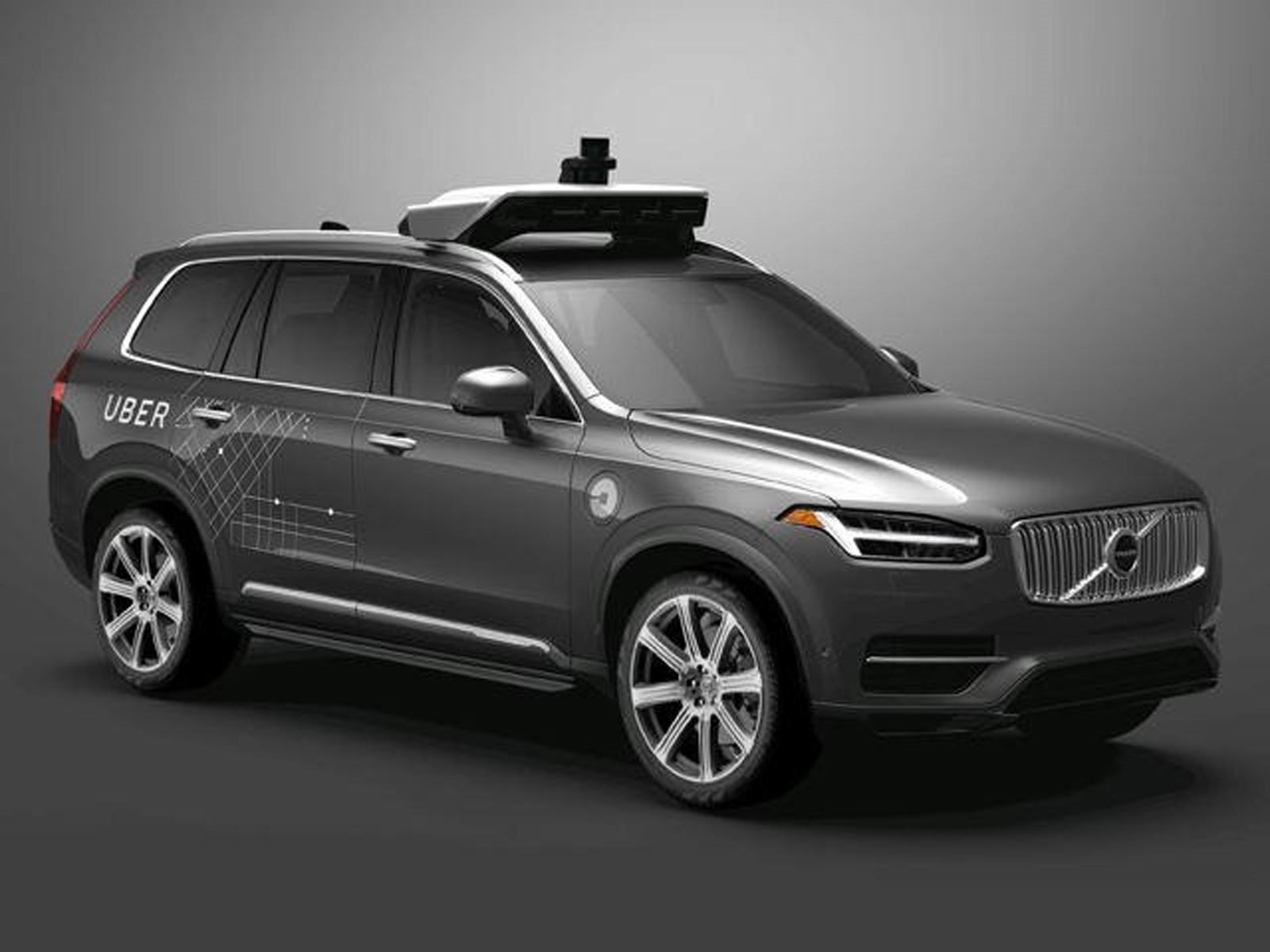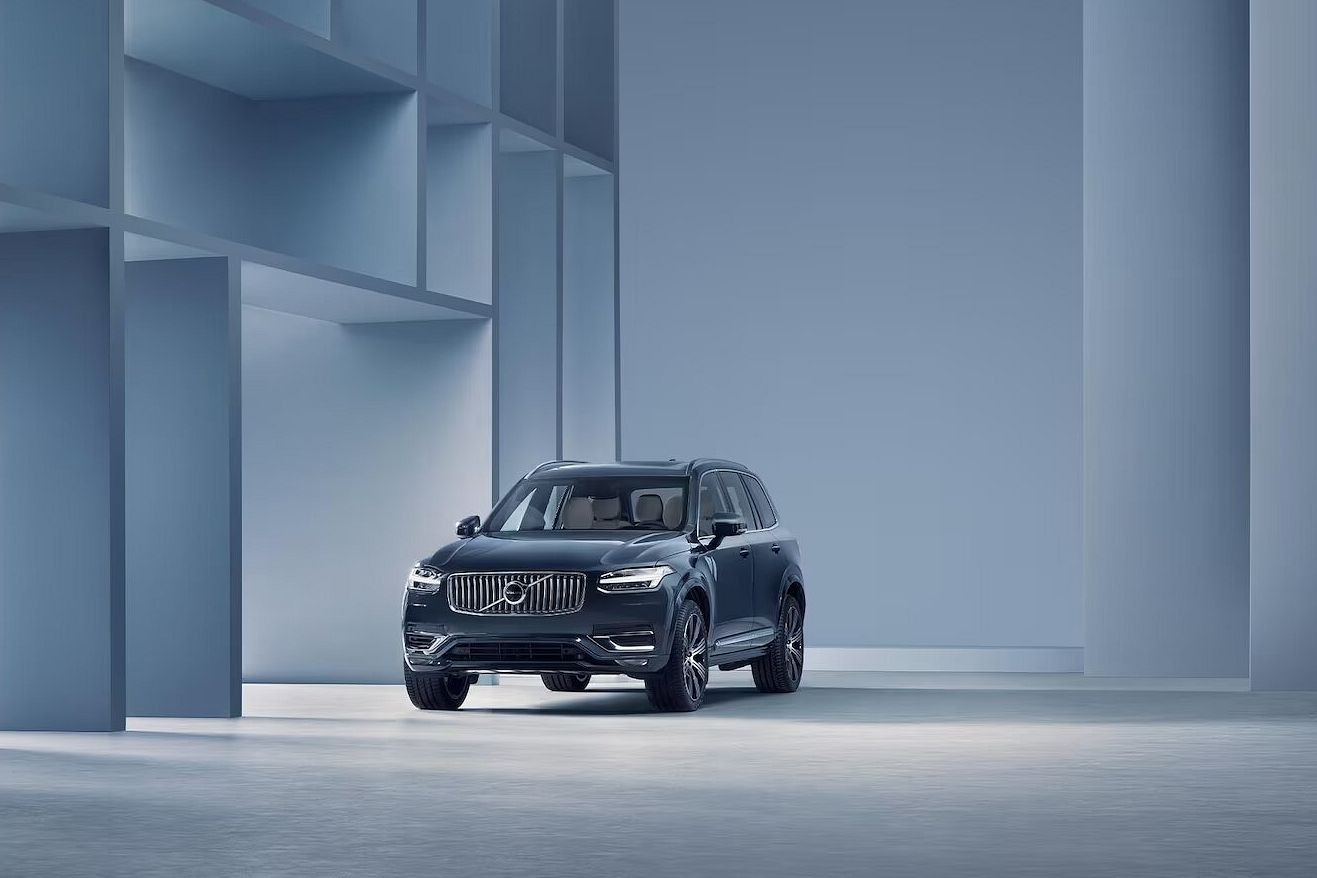
As investigations into the recent fatal Uber crash, in which a self-driving Volvo XC40 Uber taxi struck and killed 49-year old Elaine Herzberg in Tempe, Arizona, continue, questions are being asked about what caused the accident and if it could have been avoided. Recently, an on-board video, which you can watch at your digression on Twitter, emerged showing the moments before the accident. The safety driver was clearly not paying attention to the road, and the technology failed to detect the pedestrian or slow the car down.
The Volvo XC90 is also equipped with advanced safety technology that can prevent accidents before they happen, which probably would have detected the pedestrian. However, according to Aptiv, which supplied the car's radar and camera, in a report by Automotive News, Uber disabled the Volvo's standard collision avoidance technology. We don't want people to be confused or think it was a failure of the technology that we supply for Volvo, because that's not the case," Zach Peterson, a spokesman for Aptiv, said. He added the Volvo XC90's standard advanced driver-assistance system "has nothing to do" with the Uber test vehicle's autonomous driving system.
Since the crash, Intel's Mobileye, which makes chips and sensors used in collision-avoidance systems and is a supplier to Aptiv, has also apparently tested its own software by playing a video of the Uber incident on a television monitor. Despite the poor quality of the video compared to a direct connection to the car's cameras and sensors, the company said it detected Herzberg one second before the impact during internal tests. "The video released by the police seems to demonstrate that even the most basic building block of an autonomous vehicle system, the ability to detect and classify objects, is a challenging task," said Mobileye CEO, Amnon Shashua.
"It is this same technology that is required, before tackling even tougher challenges, as a fundamental element of fully autonomous vehicles of the future." Aptiv's radar and camera system uses chips and sensors supplied by Mobileye to help power the Volvo XC90's driver-assist system, which provides safety features such as collision avoidance and a lane-keeping aid.

